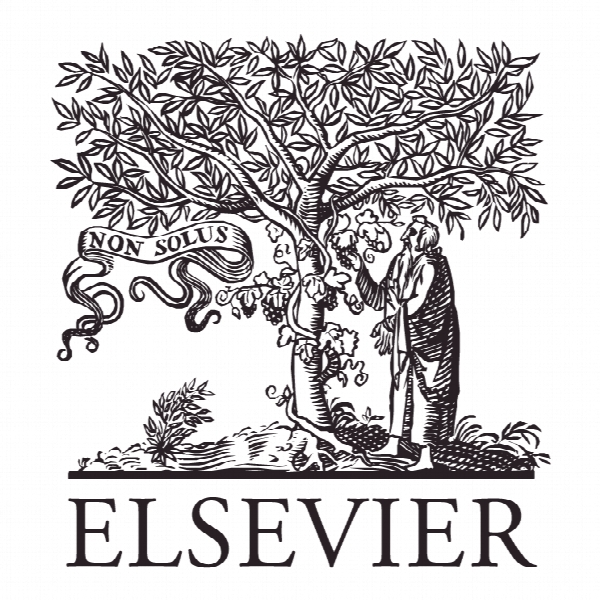اجتماع در حال توسعه مدلهای مبتنی بر مسئولیت اجتماعی شرکتی Developing community based models of Corporate Social Responsibility
- نوع فایل : کتاب
- زبان : انگلیسی
- ناشر : Elsevier
- چاپ و سال / کشور: 2018
توضیحات
رشته های مرتبط مدیریت
گرایش های مرتبط مدیریت کسب و کار
مجله صنایع استخراجی و جامعه – The Extractive Industries and Society
دانشگاه University of Adelaide – Department of Geography – University of Adelaide – Australia
منتشر شده در نشریه الزویر
کلمات کلیدی مسئولیت اجتماعی شرکتی (CSR) توسعه منابع، توسعه جامعه، امور بومی، توسعه پایدار
گرایش های مرتبط مدیریت کسب و کار
مجله صنایع استخراجی و جامعه – The Extractive Industries and Society
دانشگاه University of Adelaide – Department of Geography – University of Adelaide – Australia
منتشر شده در نشریه الزویر
کلمات کلیدی مسئولیت اجتماعی شرکتی (CSR) توسعه منابع، توسعه جامعه، امور بومی، توسعه پایدار
Description
1. Introduction Corporate Social Responsibility (CSR) is framed around corporations’ responsibilities to local communities and wider society. Requirements for CSR have expanded through time as societal expectations have changed and they now incorporate a broad range of social, environmental and economic issues (Carroll and Shabana, 2010).1 Furthermore, integral to achieving these requirements is for companies to voluntarily go beyond minimum regulatory compliance (Pojasek, 2011). Traditionally, CSR has focused on the actions of the corporation, which includes accounting for stakeholder expectations and addressing a triple bottom line of economic, social, and environmental performance (Aguinis and Glavas, 2012). However, there is an increased acknowledgement and understanding of how wider institutional settings and processes shape CSR (e.g. stronger regulatory regimes, and greater involvement of stakeholders) (Crane et al., 2013). This paper views CSR as a process that includes company practices as well as the actions and processes of key stakeholders, including regulators and local communities.2 In the case of the resource sector, CSR involves balancing the benefits versus the costs including the unintended negative impacts of development (Söderholm and Svahn, 2015). From an international human rights perspective, governments are responsible for distributing the benefits gained from resource extraction to communities through royalties (Oxfam Australia, 2010). However, in practice governments do not necessarily redistribute benefits directly to impacted communities (Söderholm and Svahn, 2015). For communities in close proximity to the development this can lead to a reliance on companies to provide direct benefits including infrastructure and service delivery which are traditionally provided by governments (Cheshire et al., 2011). In order to maximise benefits, CSR can be optimised by a strategic approach which directs financial returns to communities, builds infrastructure, develops human capital (skills and education) and supports broader strategic social and environmental programs (Davies et al., 2012). This requires there to be an open dialogue between companies, government organisations and communities, and recognition for the need to build community-based assets (Owen and Kemp, 2012). However, the benefits of CSR can also be mitigated by issues such as negative off-site environmental impacts (particularly degradation of environmental conditions and water resources), poor mine-site rehabilitation (Franks et al., 2010) and social costs such as increased cost of living pressures, changes in the social fabric of communities, and loss of labour and expertise from other industries (Cheshire et al., 2011; Langton and Mazel, 2008).


